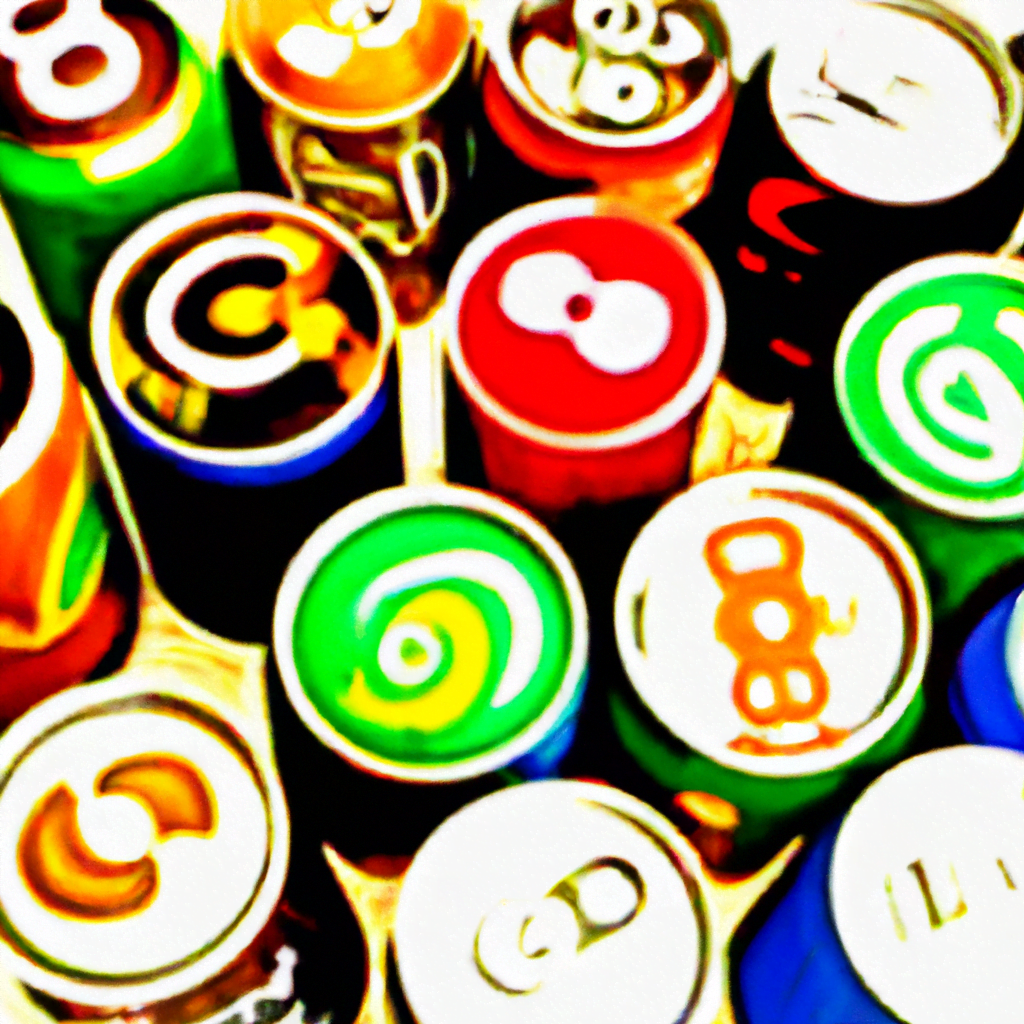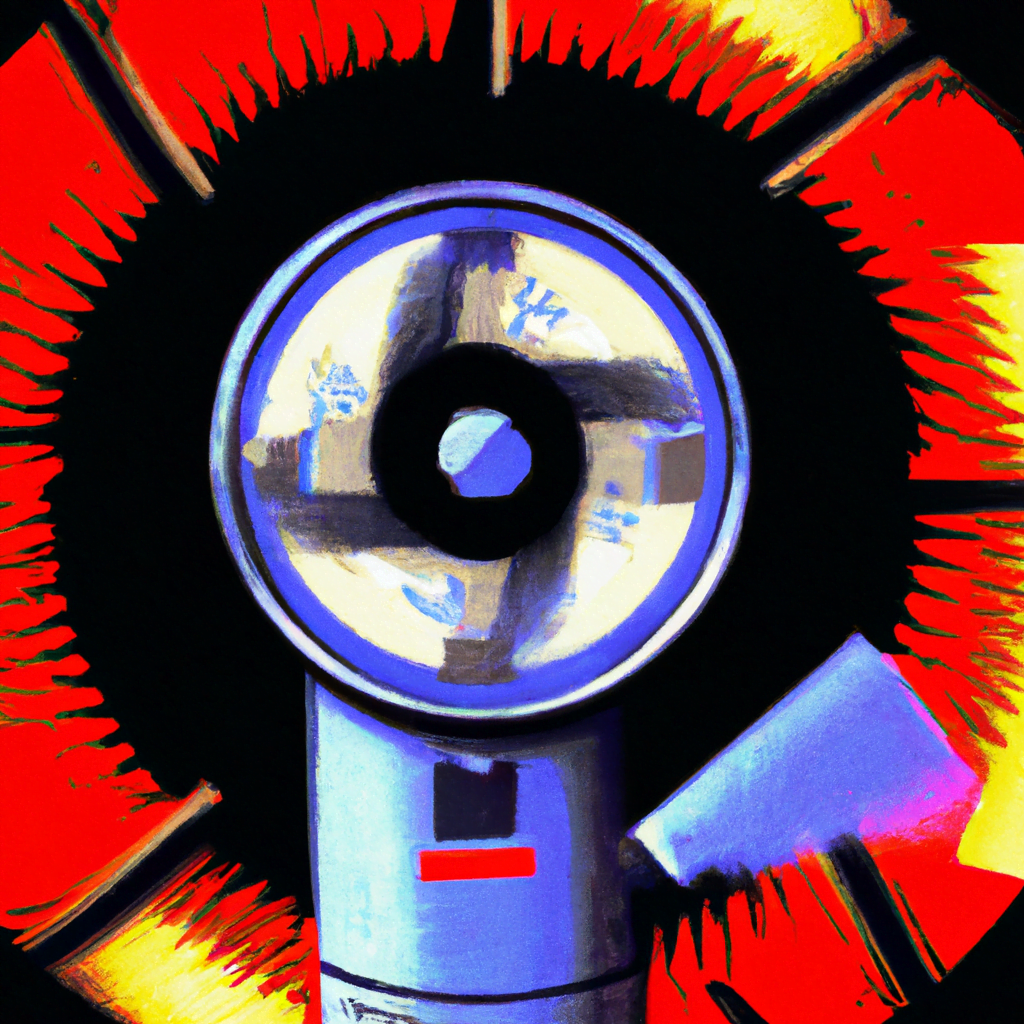
Exploring AI-Generated Product Packaging Designs

Product packaging plays a crucial role in attracting consumers and influencing their purchasing decisions. In today’s digital age, where attention spans are shorter than ever, businesses are constantly seeking innovative ways to stand out on crowded shelves. One emerging trend in the world of packaging design is the use of artificial intelligence (AI) to generate unique and eye-catching designs. In this article, we will explore the potential of AI-generated product packaging designs and the impact they can have on consumer behavior.
The Rise of AI in Design
Artificial intelligence has made significant advancements in various industries, and design is no exception. AI algorithms can analyze vast amounts of data, identify patterns, and generate creative solutions. This technology has been successfully applied in fields such as graphic design, web design, and even fashion. Now, AI is making its way into the realm of product packaging design.
Traditionally, product packaging design has been a manual and time-consuming process. Designers would brainstorm ideas, create sketches, and iterate on their designs until they found the perfect solution. However, AI can streamline this process by automating certain tasks and providing designers with new possibilities.
The Benefits of AI-Generated Packaging Designs
AI-generated packaging designs offer several advantages over traditional methods. Let’s explore some of the key benefits:
- Efficiency: AI algorithms can quickly generate a wide range of design options, saving designers valuable time and effort. This allows them to focus on other aspects of the packaging, such as messaging and branding.
- Creativity: AI algorithms can think outside the box and come up with unique design concepts that may not have been considered by human designers. This can lead to innovative and attention-grabbing packaging designs.
- Personalization: AI algorithms can analyze consumer data and preferences to create packaging designs tailored to specific target audiences. This level of personalization can enhance the overall customer experience and increase brand loyalty.
- Cost-Effectiveness: AI-generated designs can potentially reduce the need for expensive design agencies or freelancers, making packaging design more accessible to small businesses and startups.
Real-World Examples
Several companies have already embraced AI-generated packaging designs and witnessed positive results. Let’s take a look at a few notable examples:
1. Coca-Cola
Coca-Cola, one of the world’s most recognizable brands, partnered with an AI design platform to create unique packaging designs for their “Share a Coke” campaign. The AI algorithm analyzed various data points, including names, locations, and popular trends, to generate personalized labels for Coca-Cola bottles. This campaign was a huge success, with consumers actively searching for bottles with their names on them.
2. Nestlé
Nestlé, a global food and beverage company, used AI to create packaging designs for their YES! snack bars. The AI algorithm analyzed consumer feedback and preferences to generate designs that resonated with their target audience. The result was a packaging redesign that increased sales by 45% in the first year.
3. L’Oréal
L’Oréal, a leading beauty and cosmetics company, leveraged AI to create personalized packaging designs for their Lancôme Genifique serum. The AI algorithm analyzed customer data, including age, skin type, and preferences, to generate unique packaging designs tailored to each individual. This personalized approach not only enhanced the customer experience but also led to a 30% increase in sales.
The Future of AI in Packaging Design
As AI continues to advance, we can expect even more exciting developments in the field of packaging design. Here are some potential future trends:
- Real-time customization: AI algorithms could generate packaging designs in real-time based on individual customer preferences and purchase history. This level of customization would create a truly personalized shopping experience.
- Environmental sustainability: AI algorithms could optimize packaging designs to minimize waste and reduce the environmental impact. This could involve using fewer materials, designing more compact packages, or even exploring biodegradable alternatives.
- Augmented reality integration: AI-generated packaging designs could be combined with augmented reality (AR) technology to create interactive and immersive experiences for consumers. This could involve virtual product demonstrations, games, or additional product information.
Conclusion
AI-generated product packaging designs have the potential to revolutionize the way businesses approach packaging design. The efficiency, creativity, personalization, and cost-effectiveness offered by AI algorithms can help brands stand out in a competitive market and connect with consumers on a deeper level. Real-world examples from companies like Coca-Cola, Nestlé, and L’Oréal demonstrate the positive impact of AI-generated designs on sales and customer engagement.
As AI continues to evolve, we can expect even more exciting possibilities in the future, such as real-time customization and augmented reality integration. It is clear that AI is not just a passing trend but a powerful tool that can reshape the packaging design landscape. Businesses that embrace AI-generated packaging designs will have a competitive edge and be better equipped to meet the ever-changing demands of consumers.
